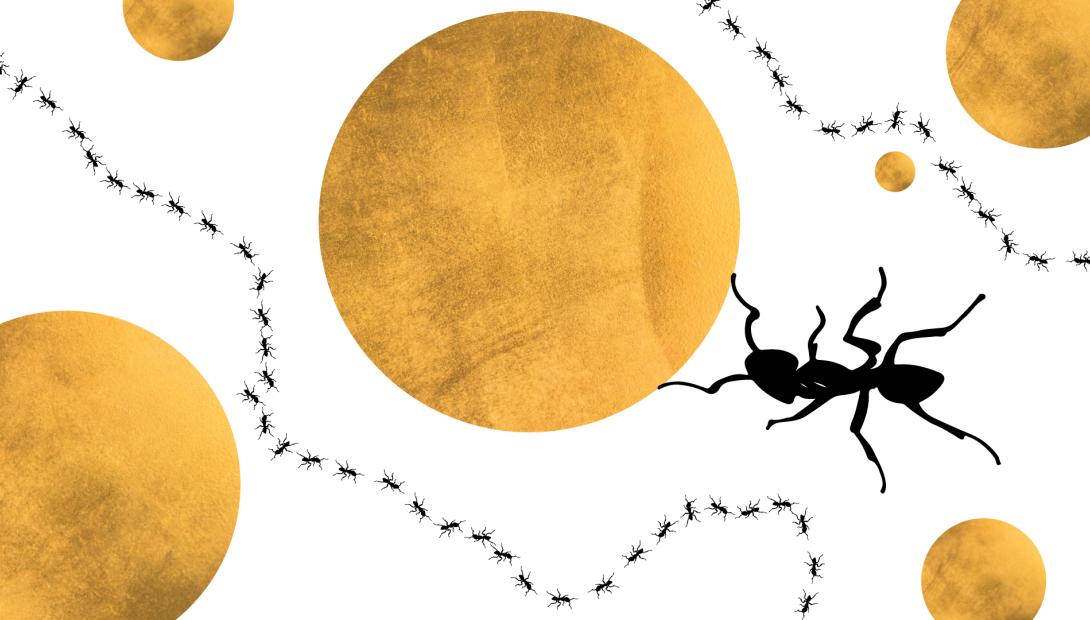
Mandibles
The mandibles are their main tool. Ants use them to obtain and grind up food, dig the ground, carry objects and defend themselves.
Compound eyes
Although there are ants with quite well-developed eyesight, most of them have rather poor eyesight. There are also blind ants – their eyes have completely disappeared.
Antennae
Ants have elbowed antennae, consisting of a long first segment followed by shorter ones. This design provides for greater flexibility and mobility. The antennae are the most important sensory organ, used to smell and touch the surroundings.
Metapleural gland
The posterior part of the thorax contains a gland that is unique to ants. It produces an antibiotic fluid that reduces the spread of fungi and bacteria on the body and in the nest.
Legs
Ants have six-jointed legs that are suitable for walking and running; however, there are ant species that can jump and swim as well.
Petiole
One part of the abdomen is distinctly narrow and is called the petiole. It makes the abdomen flexible and allows the ant to fold it under or over the thorax.
Sting
So-called stinging ants are armed with a sting at the end of the abdomen. The sting is a transformed ovipositor, which is connected to the venom gland. Its surface is smooth, without any ridges – an ant can sting repeatedly.
Tarsus
- hairs and spines,
- tarsal segments,
- claws,
- suction pad.
Thanks to this structure of the tarsus, ants both sense vibrations and use it to cling to and crawl on a wide variety of surfaces – even upside down. Some ant species can form living bridges by attaching themselves to each other with the use of their claws.




